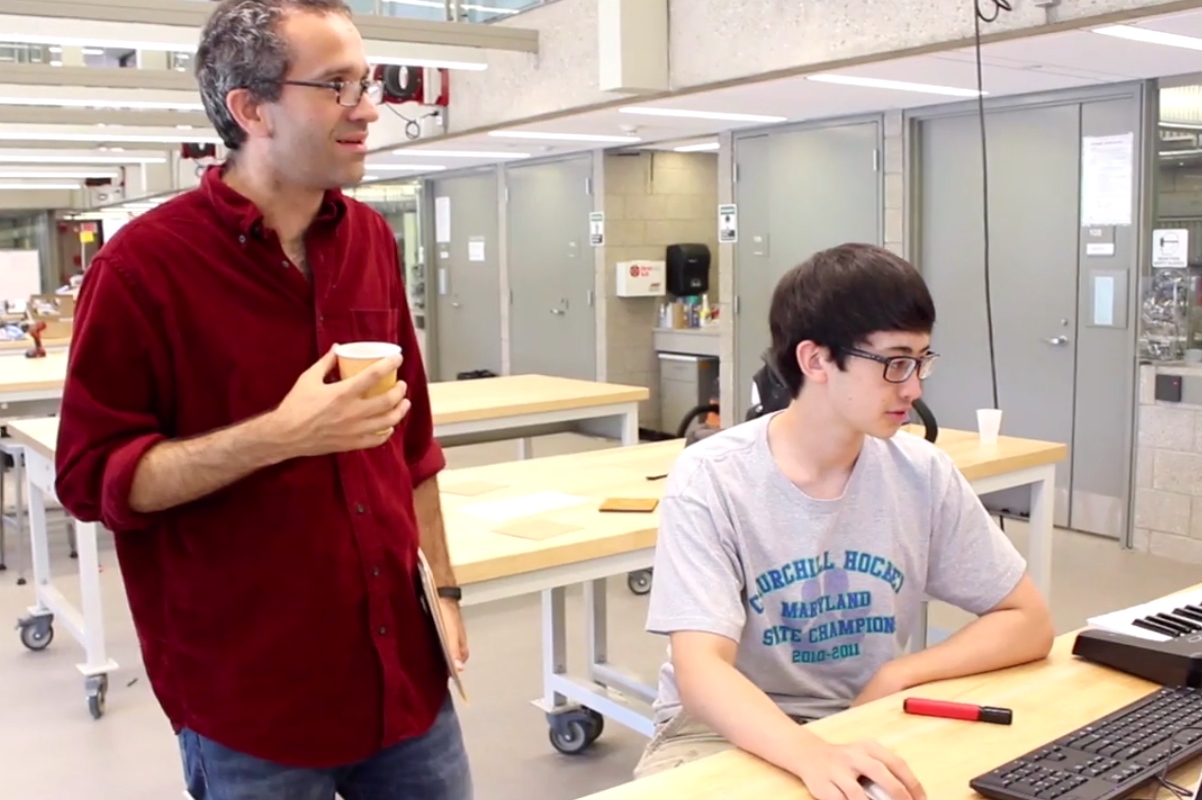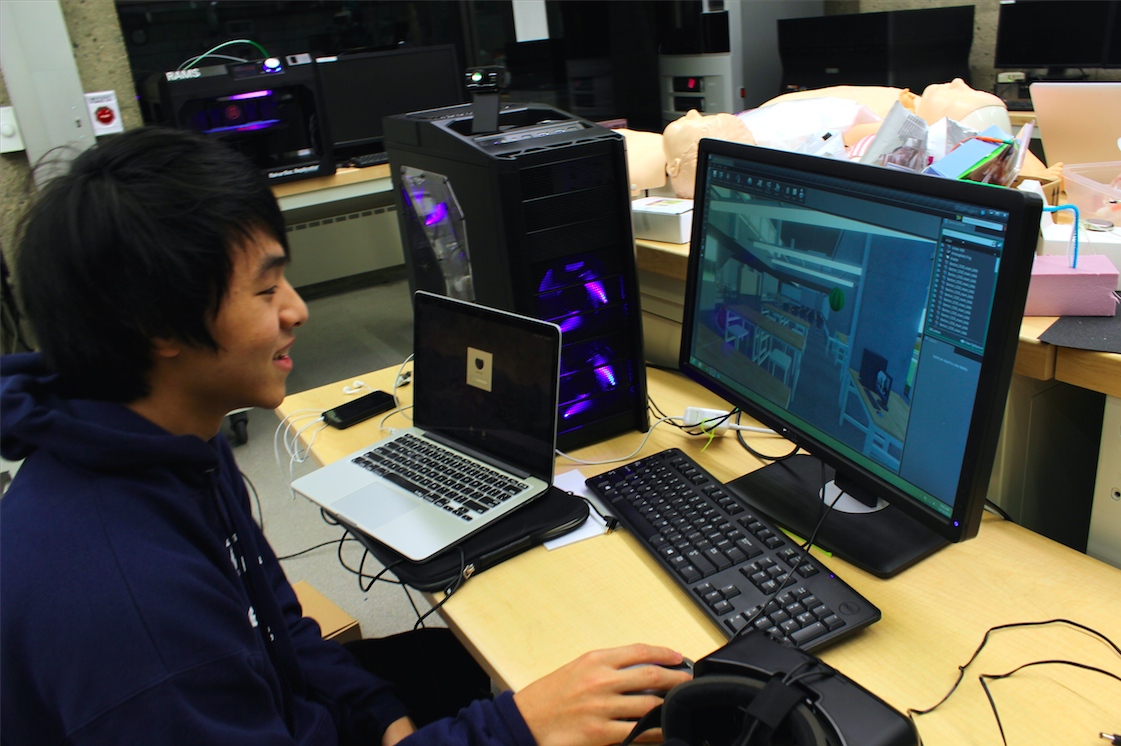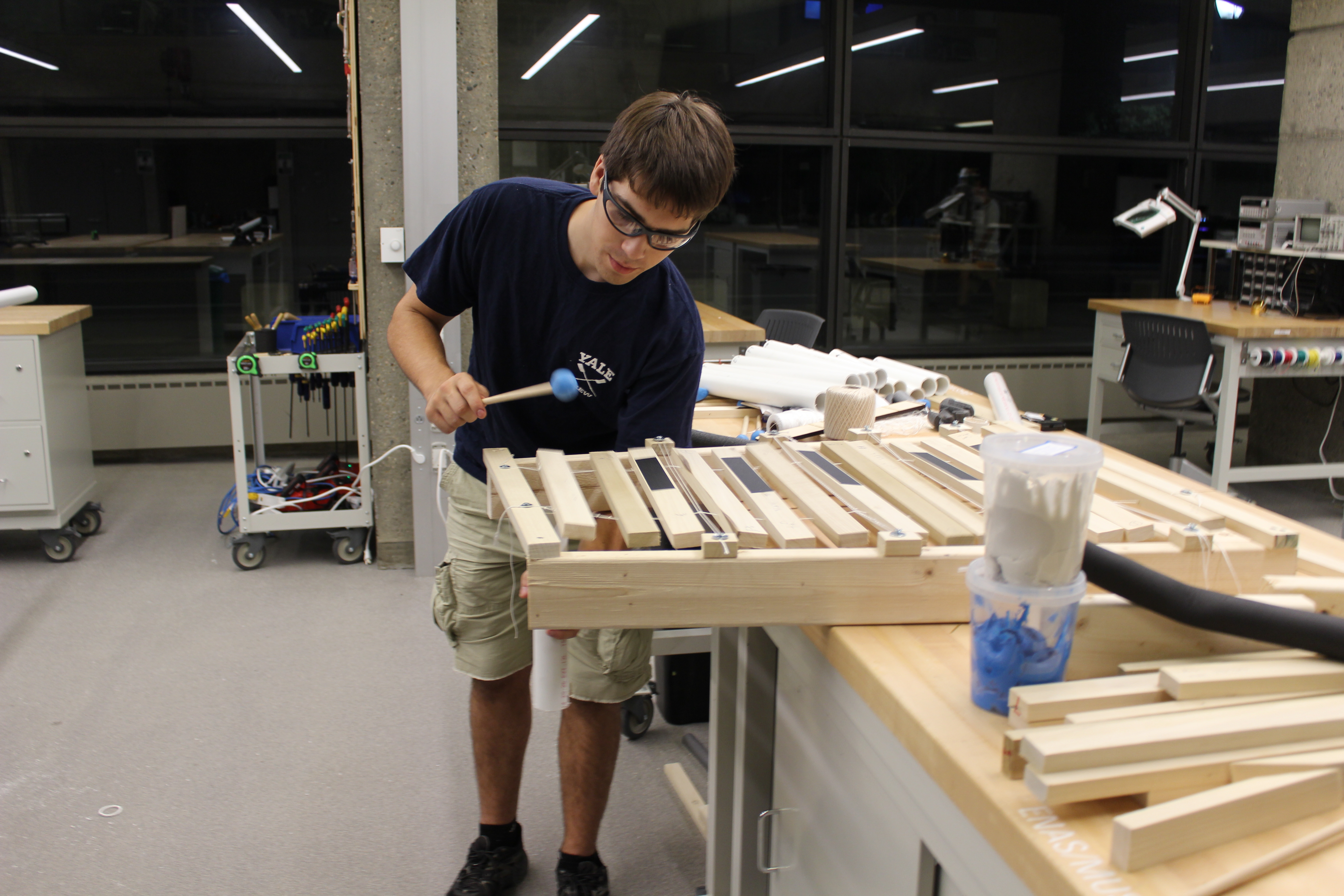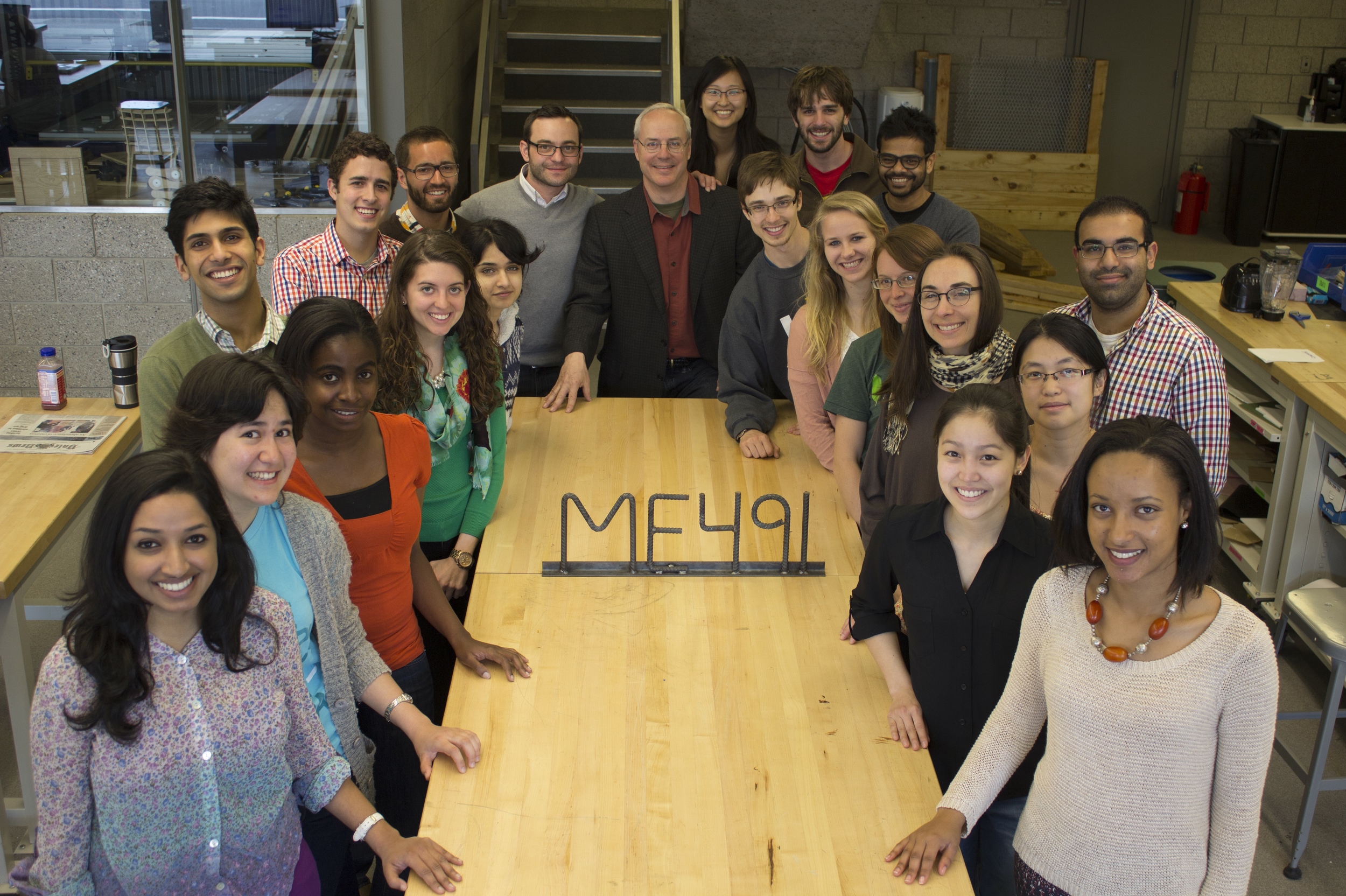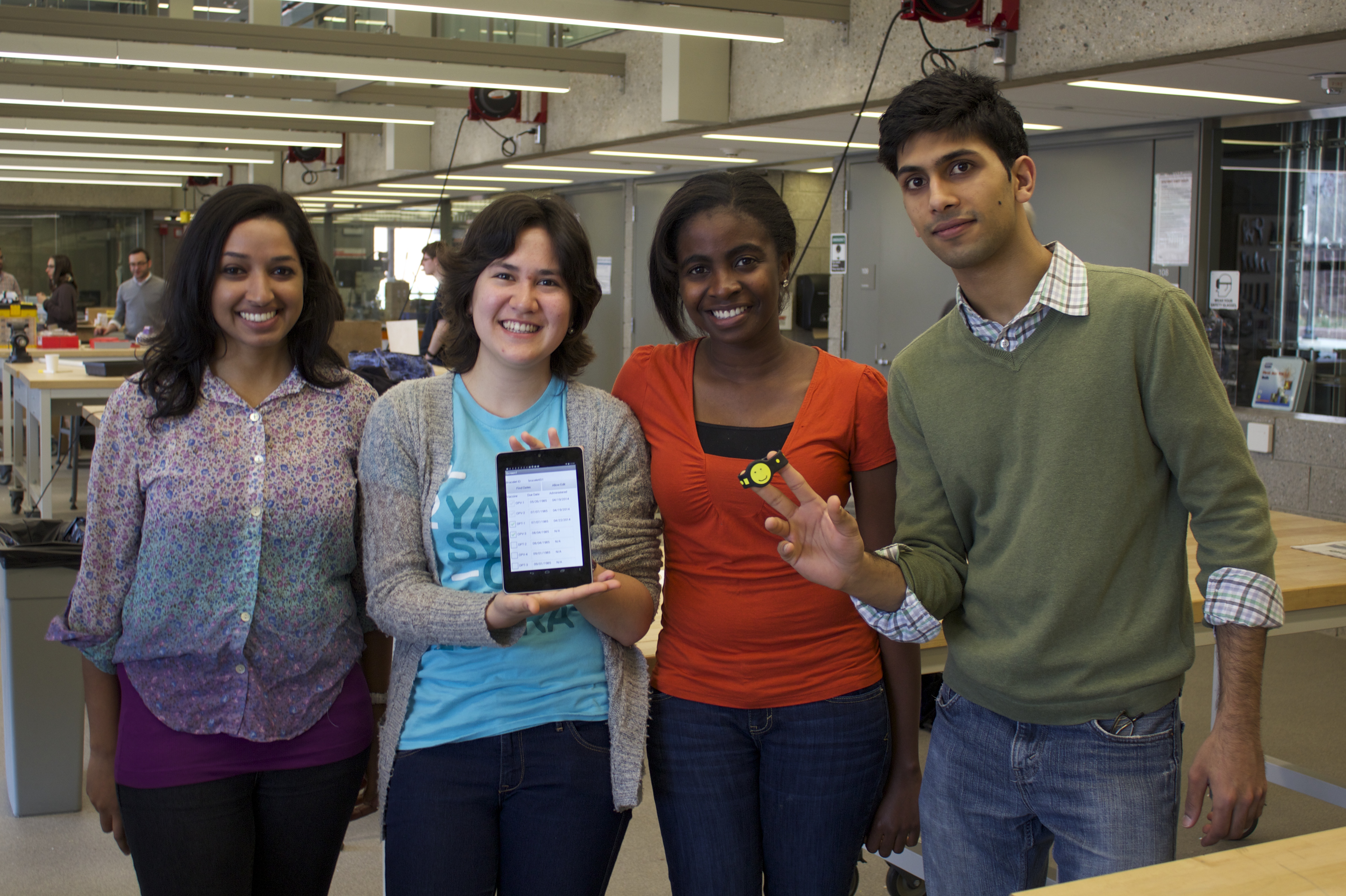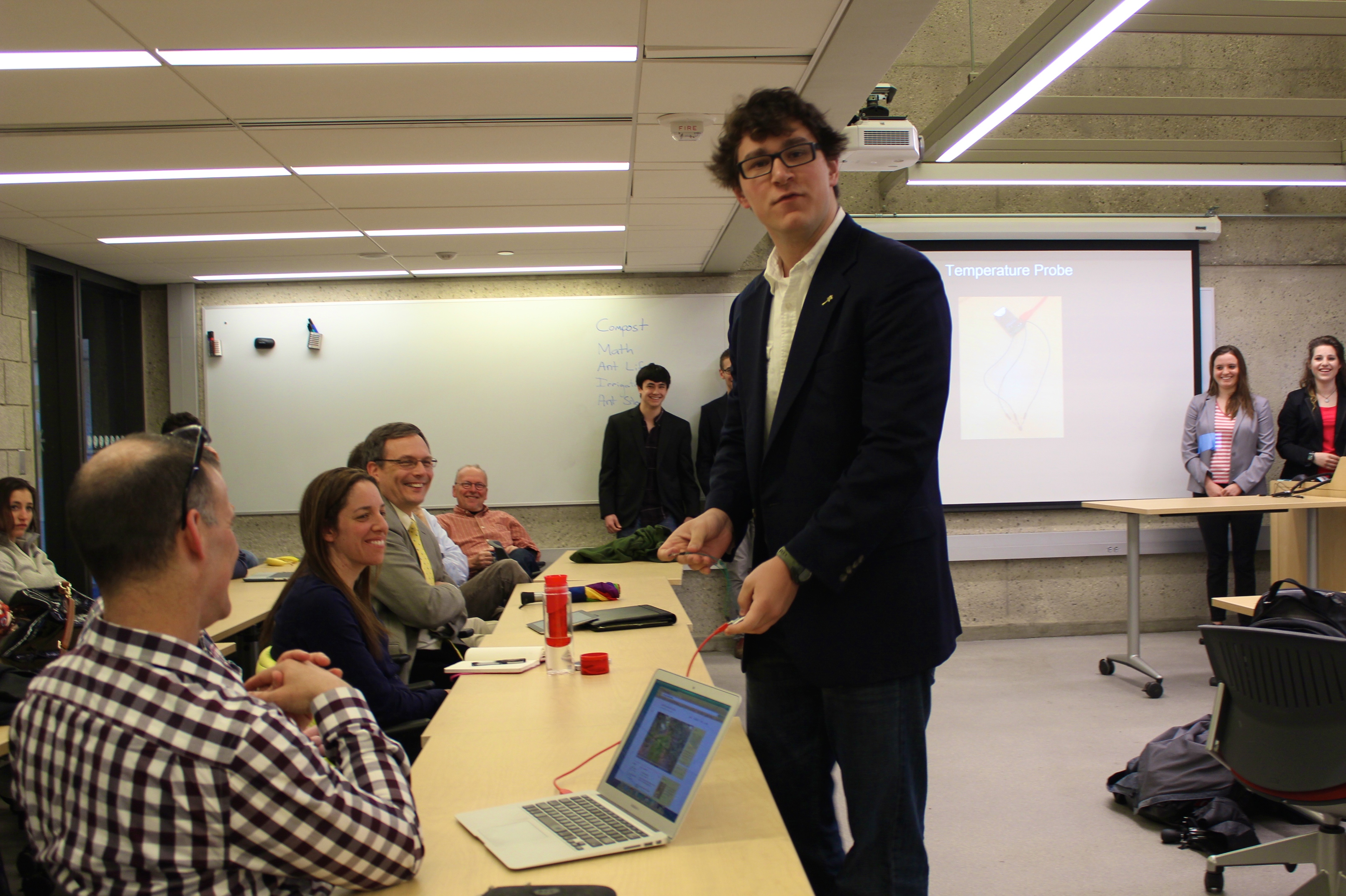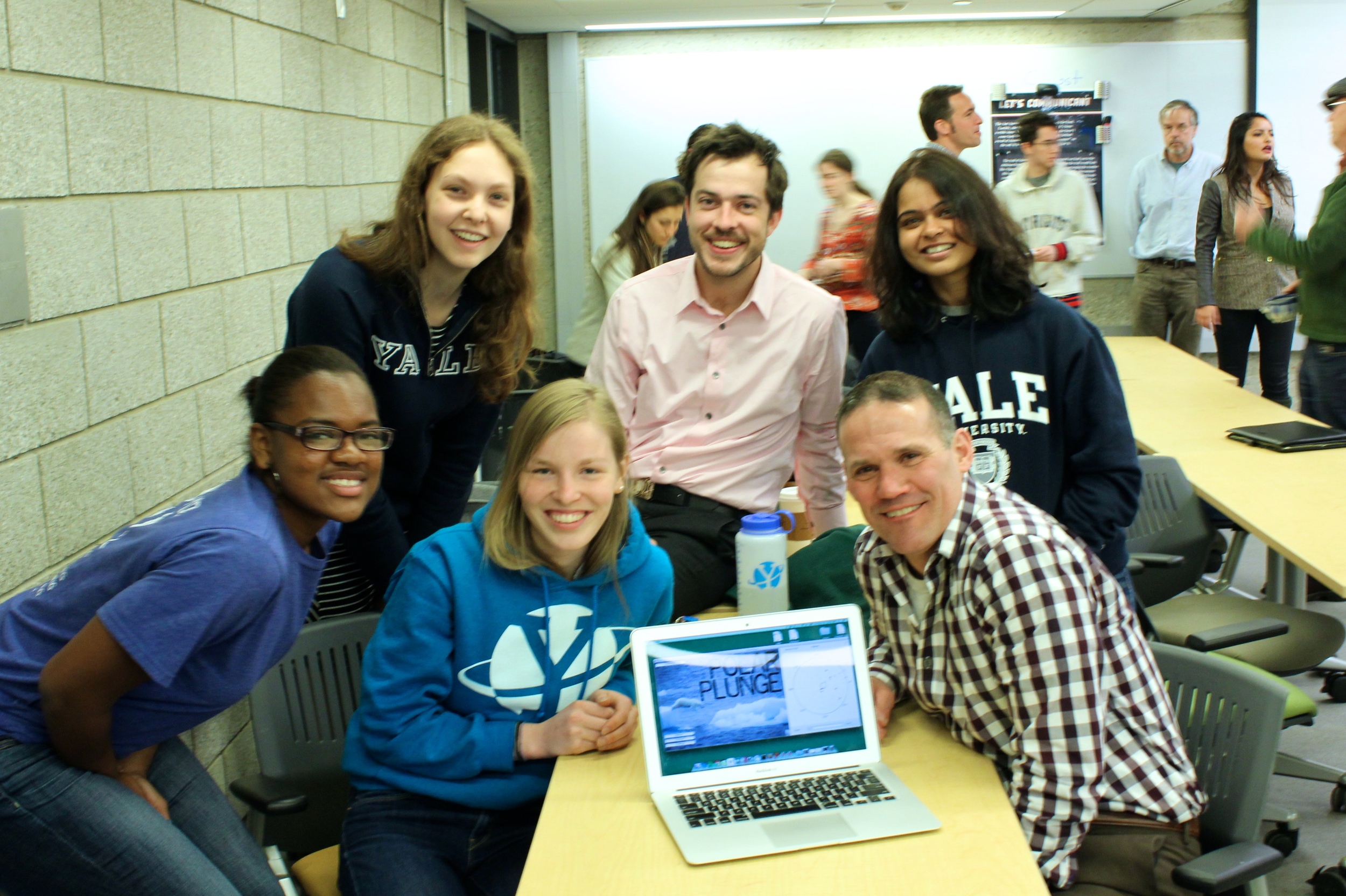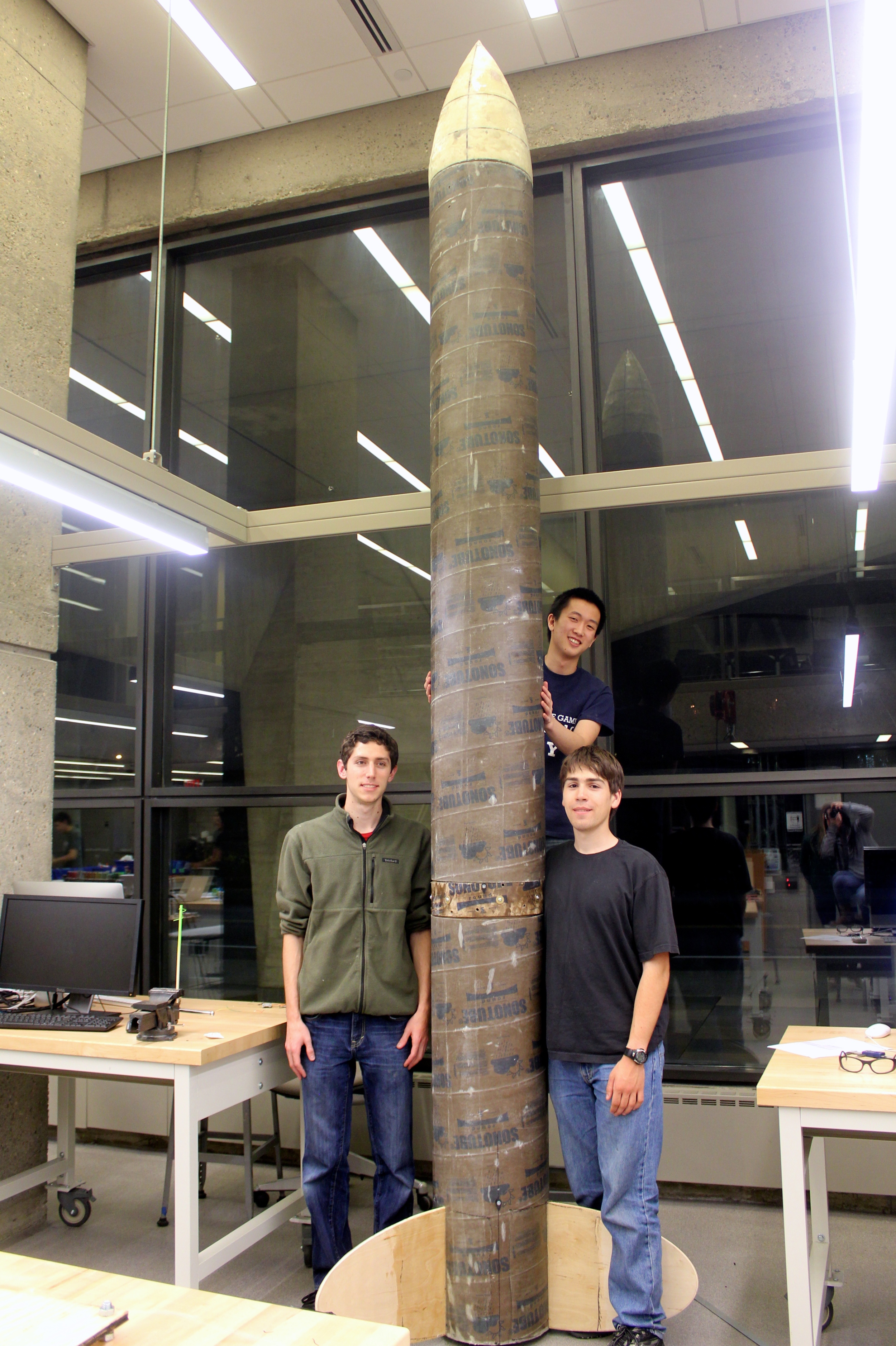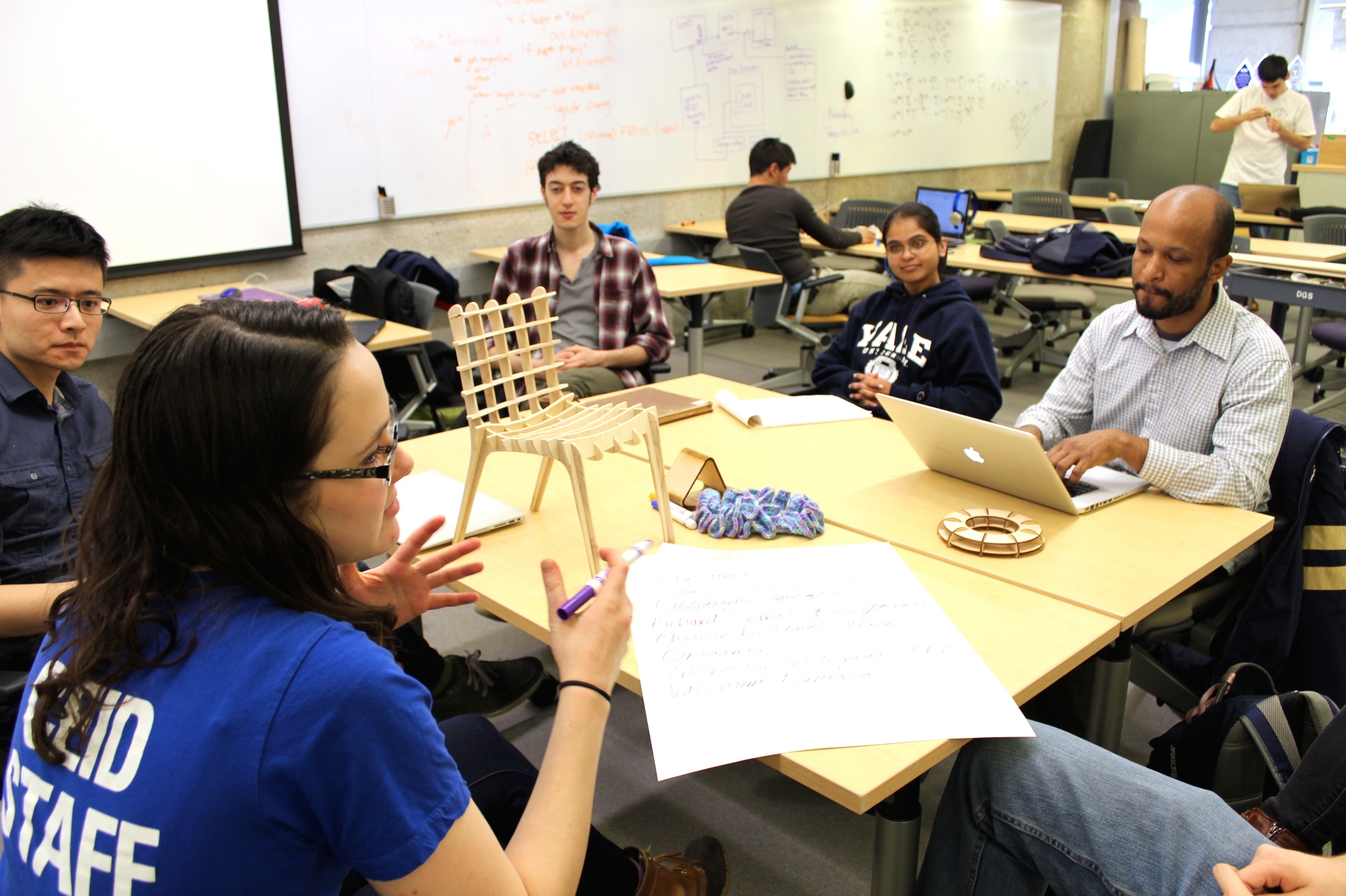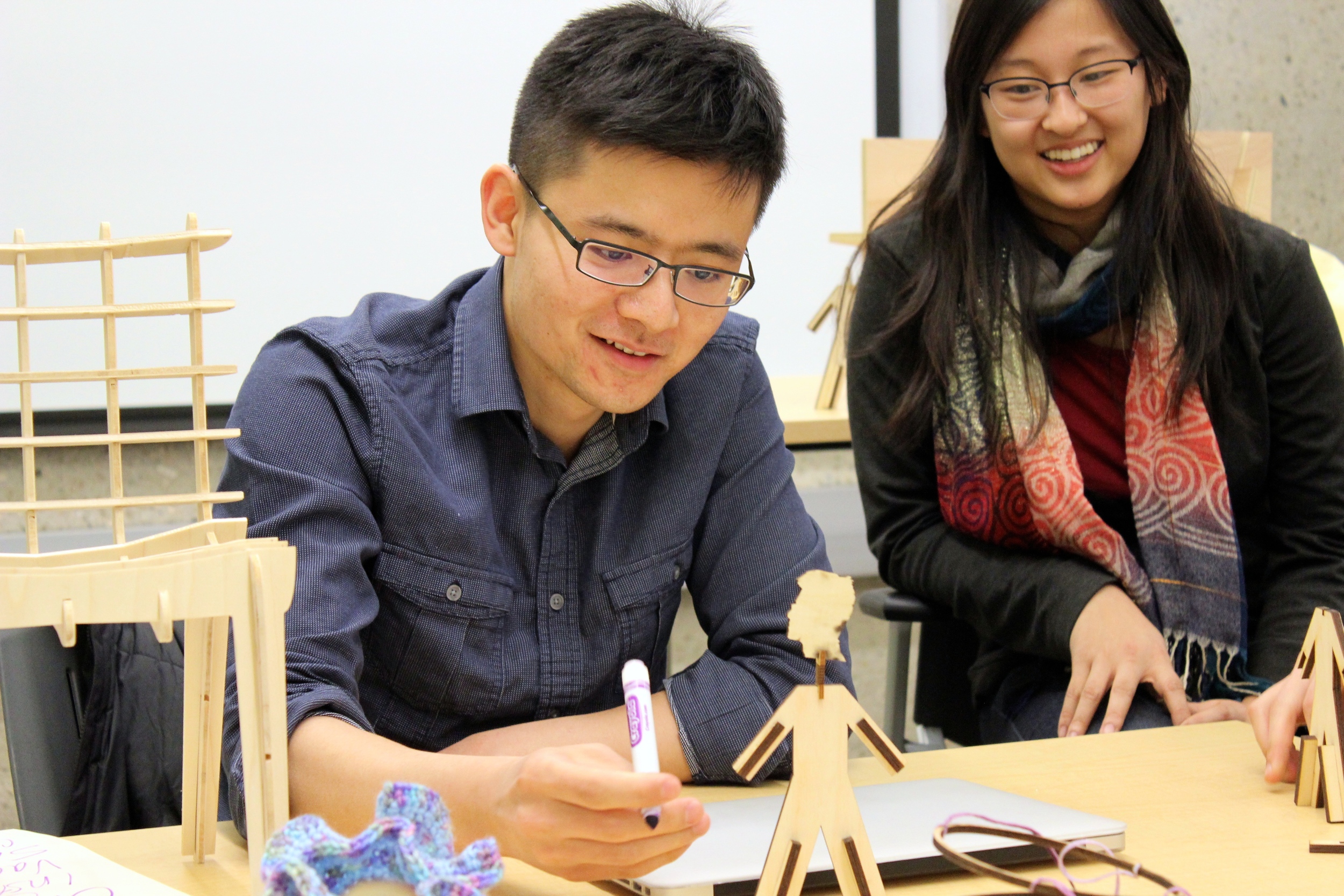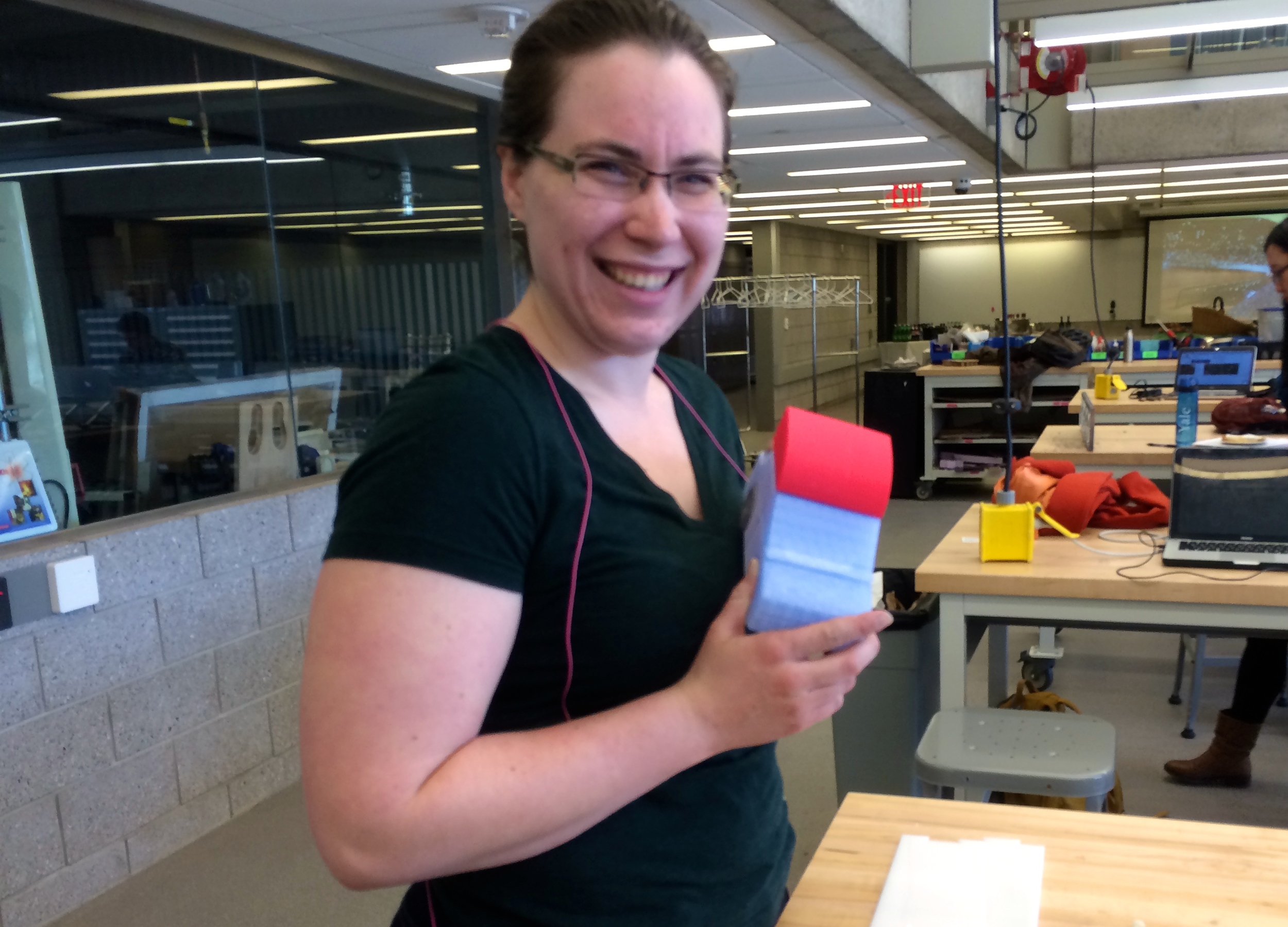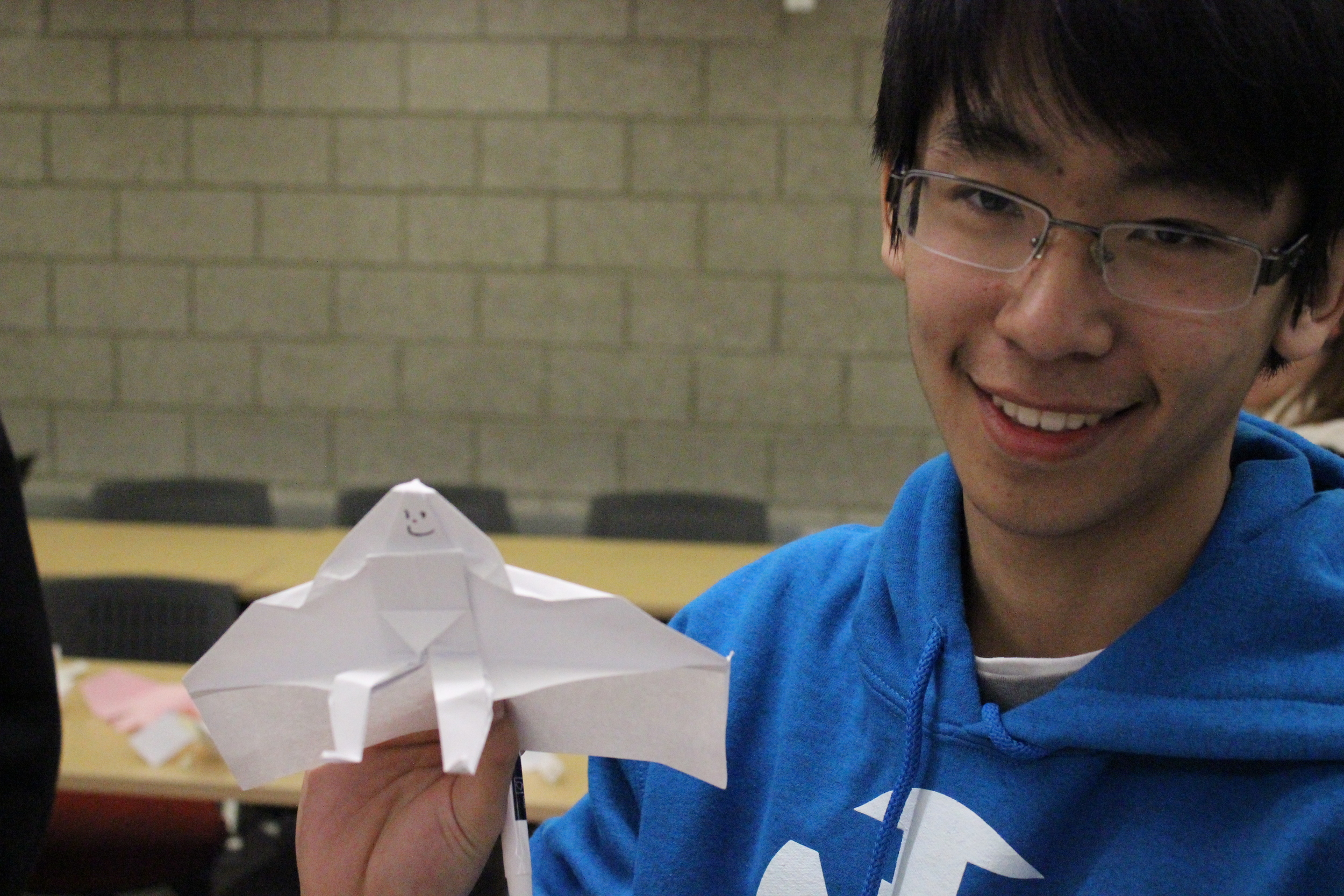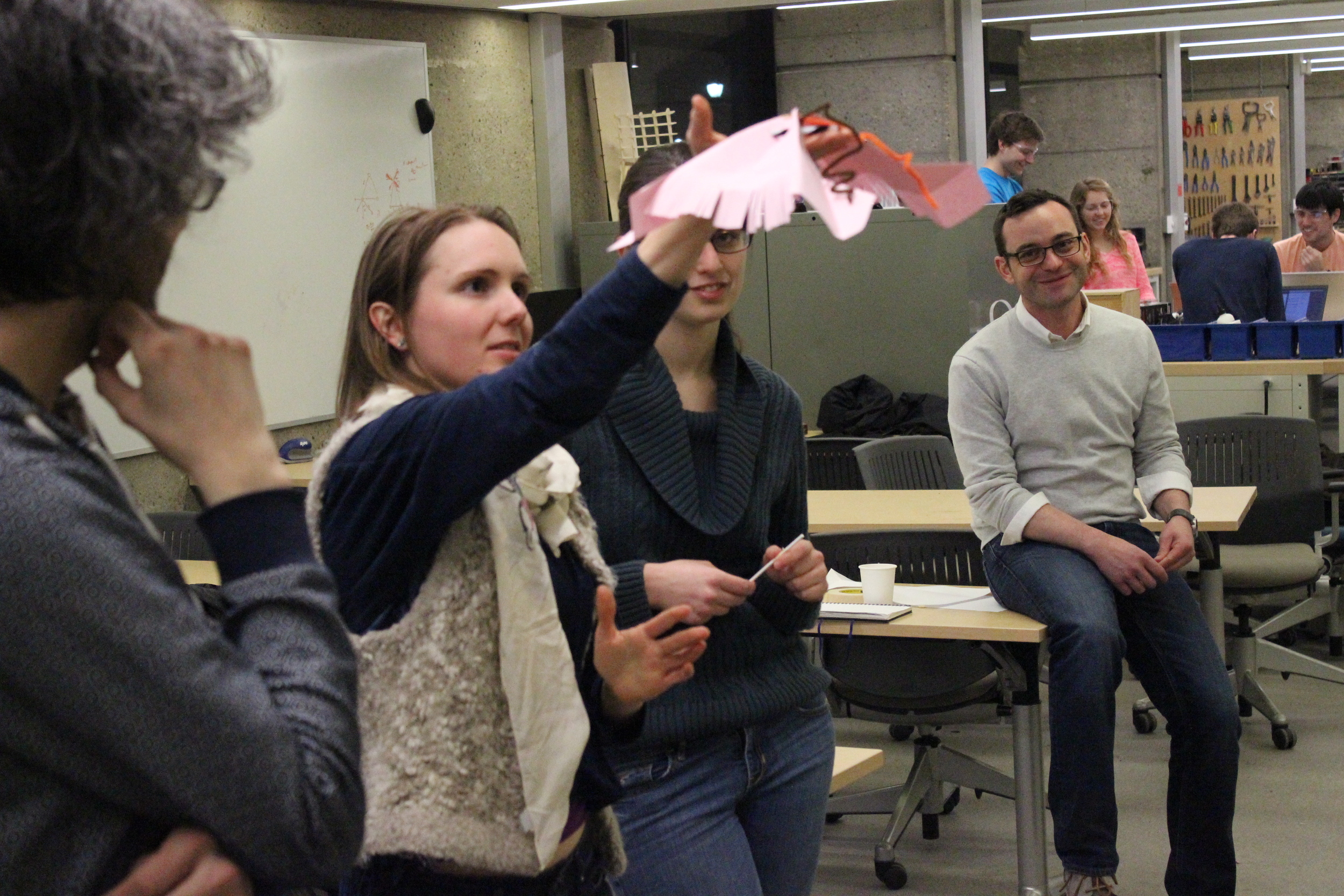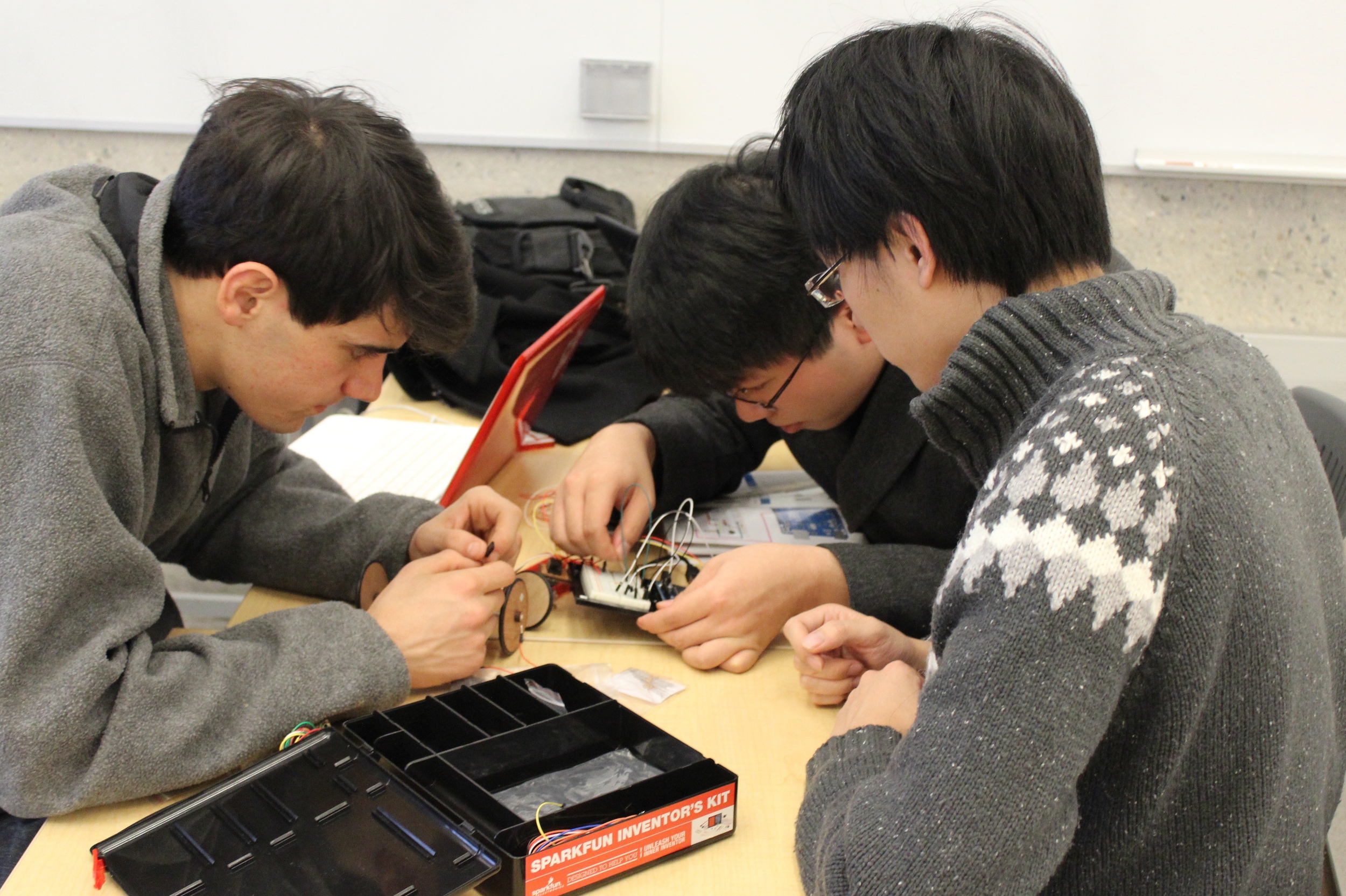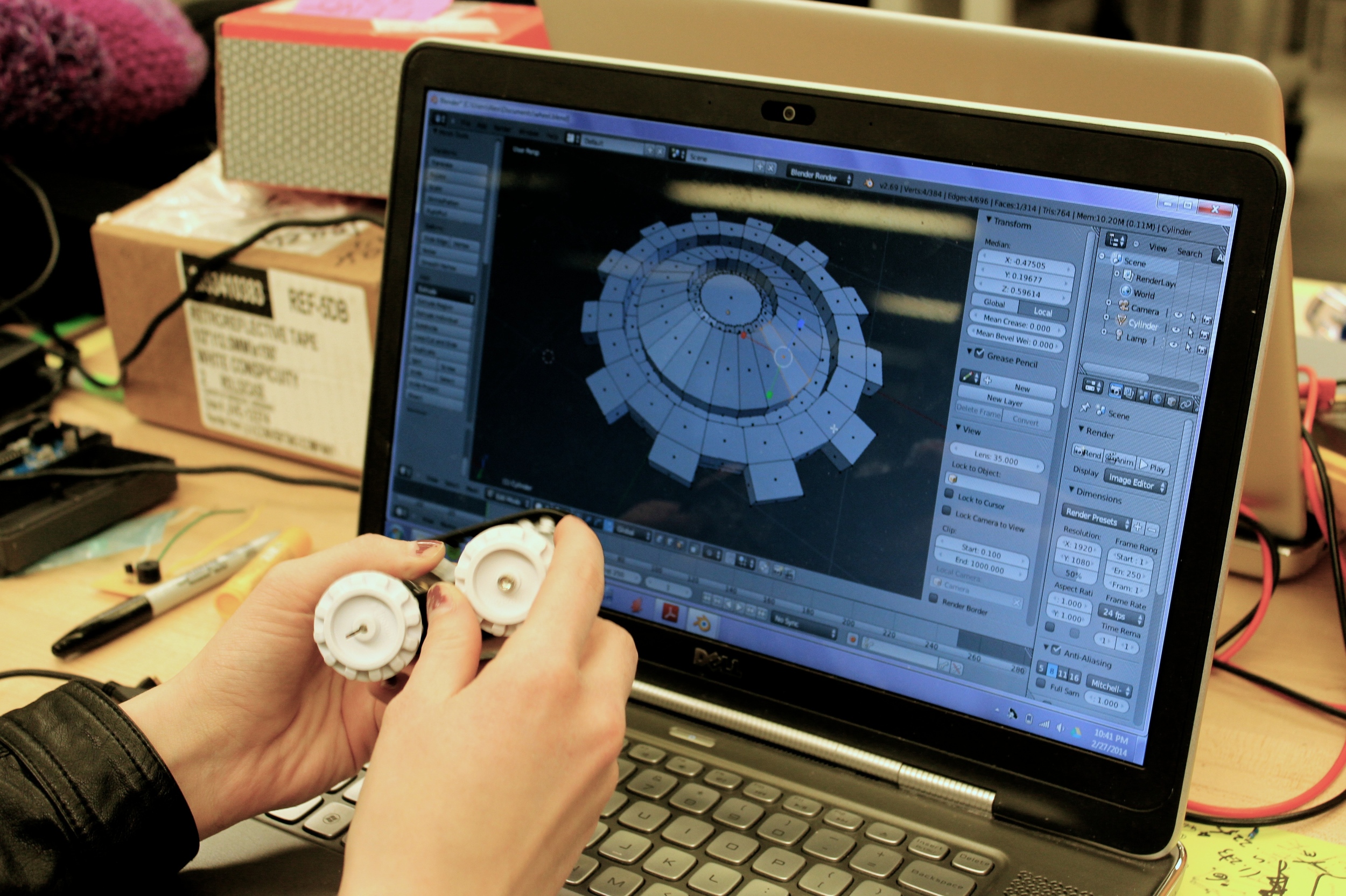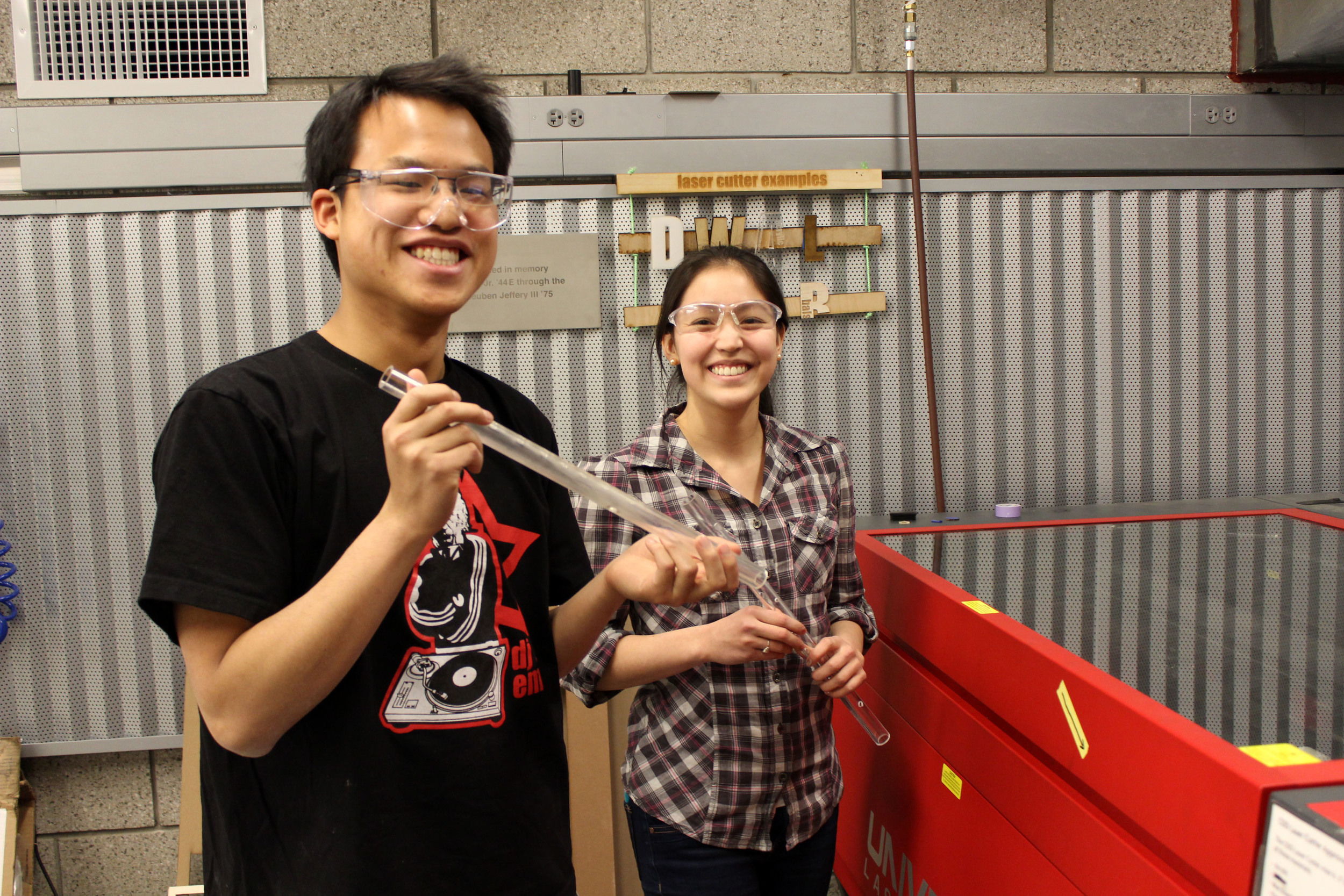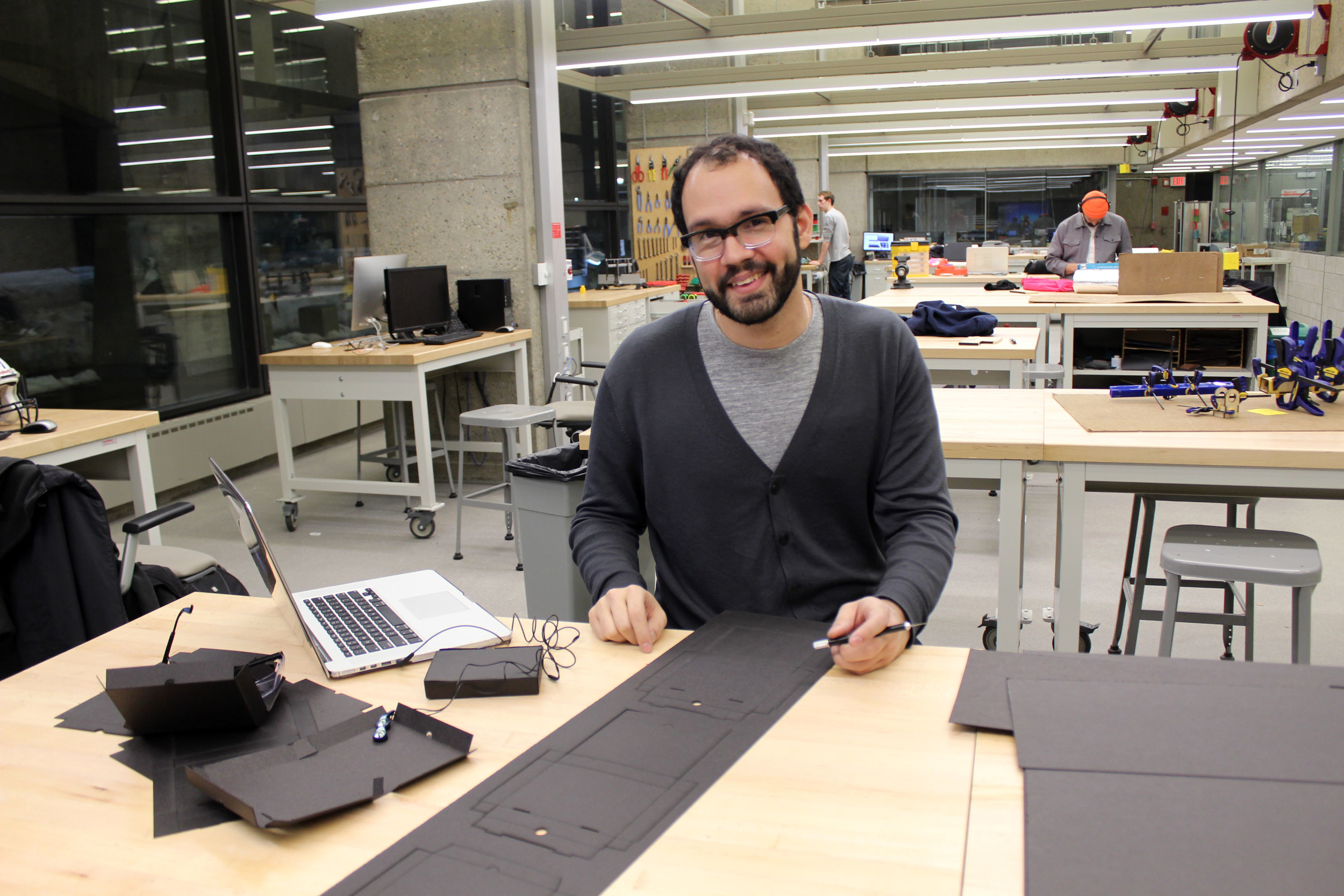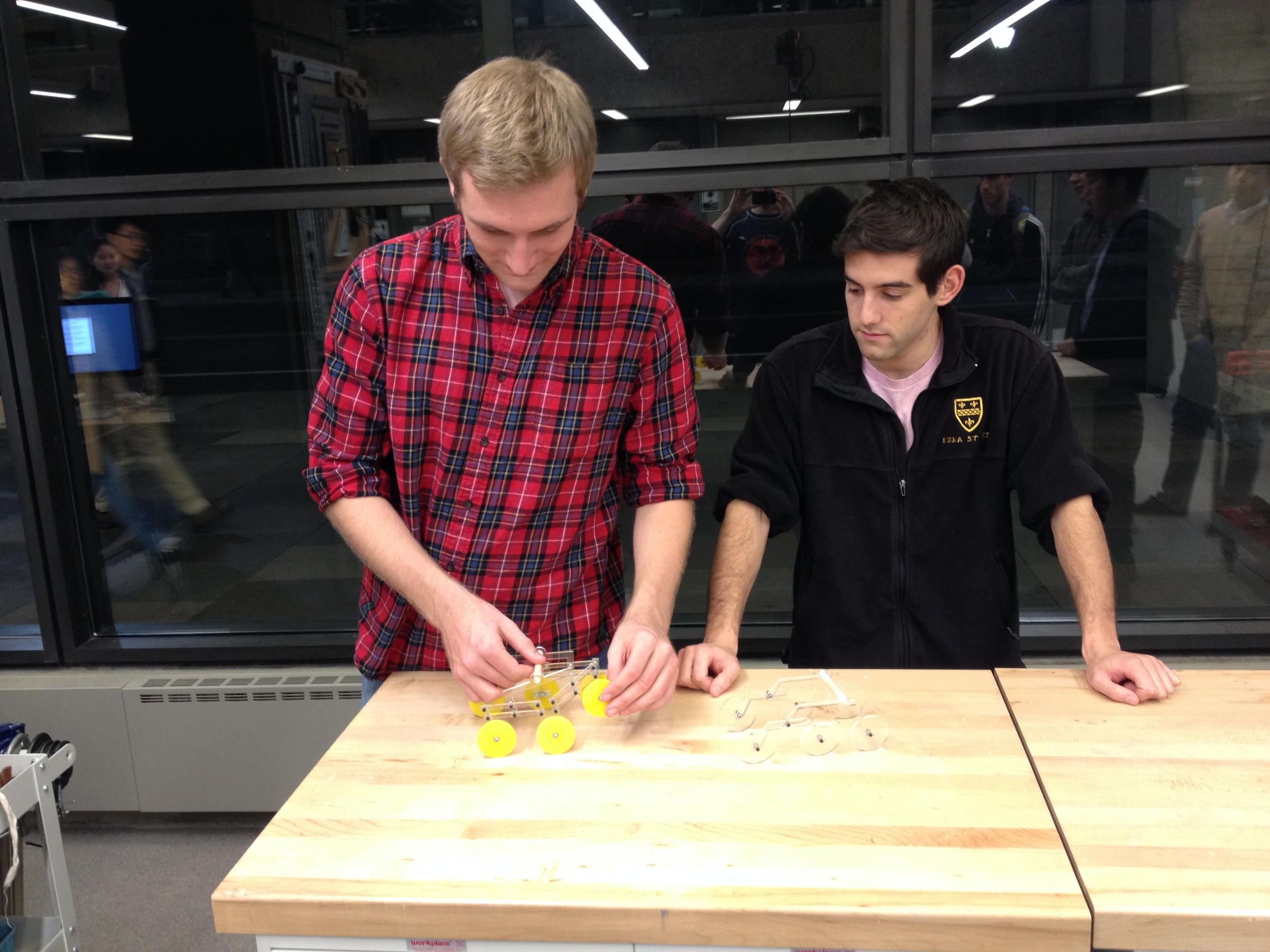With the beginning of a new school year comes a whole new set of exciting happenings in the CEID, including classes, clubs, projects, and, of course, Wednesday Workshops! To kick off the year, there have been a few old favorites, including Bulldog Bot’s Night Light Workshop and the CEID Engine Teardowns, as well as new workshops, such as the SolidWorks workshop run by the Yale Undergraduate Aerospace Association (YUAA). Many of these workshops are taught by CEID staff and members of clubs affiliated with the space.

In the semester’s first workshop, participants went from no knowledge of voltage or current to building their own night lights in a matter of hours. After a quick overview of circuits, Bulldog Bots members and workshop instructors Chris Datsikas (‘16) and Bernardo Saravia (‘15) had the group soldering LEDs and resistors to protoboards. After some hard work and quick learning, everyone went home with homemade lights.
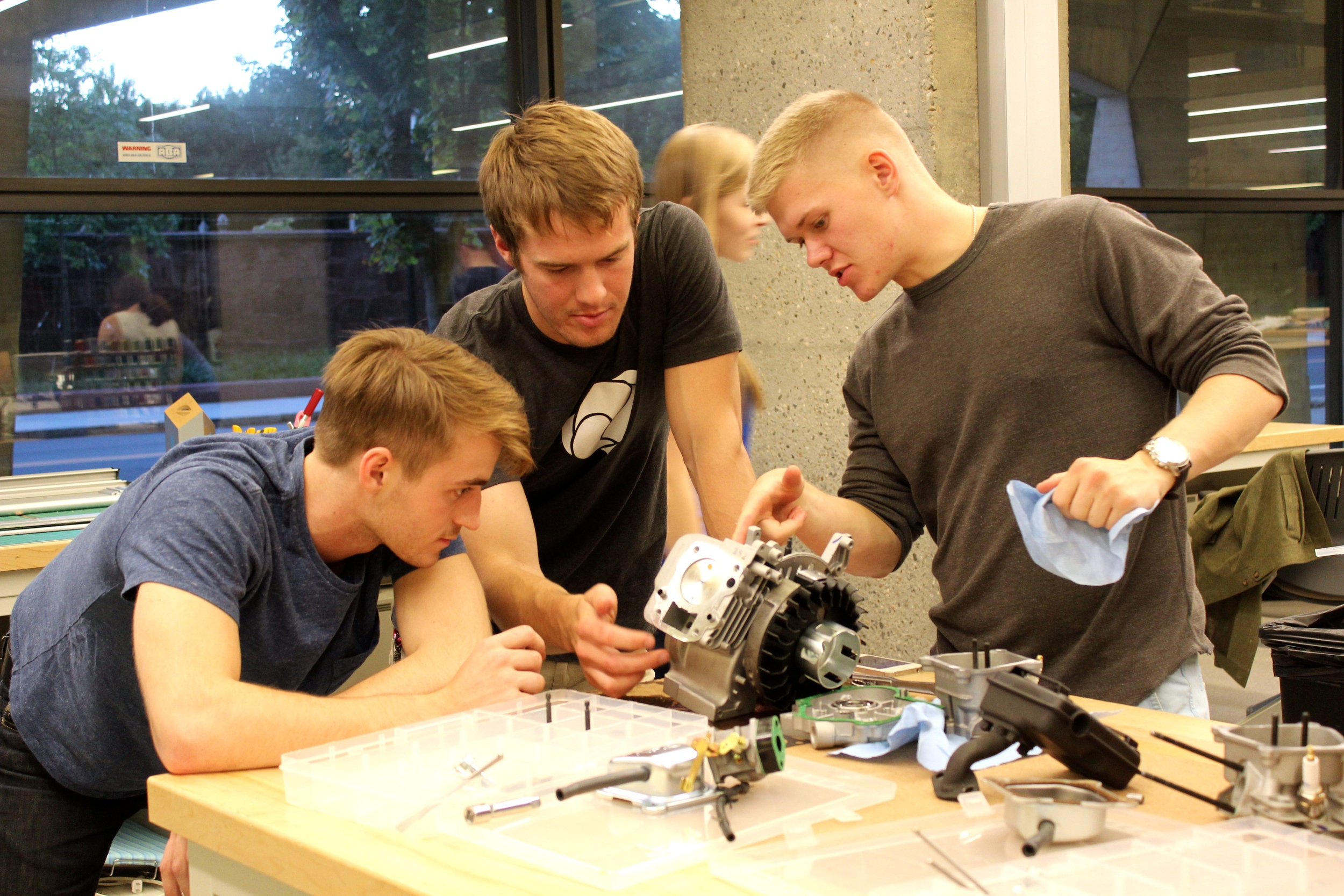
The following week, CEID Aides Riley Rice (‘15) and Genevieve Fowler (‘16) brought back the ever-popular Engine Teardown workshop. The workshop was so popular last year that staff made sure to get two more engines so that more people could participate. Attendees got their hands dirty, taking apart engines piece by piece and asking questions each step of the way.

YUAA’s Jeff Gau (‘16) and Bolun Liu (‘16) led a group that spilled out of Dunham computer lab in last week’s SolidWorks workshop. In the course of an hour, everyone had made their very own picture frame, ready to be 3D printed on the MakerBots in the CEID. A large portion of the group stayed late to learn some more advanced skills and to further customize their frames with special patterns and dimensions.

CEID workshops are meant for anyone, not just engineers, looking to learn about technology, engineering, and design. Undergraduates, faculty, and everyone in between are welcome to sign up. In the past, topics have included chocolate tempering, the science of bubbles, and musical instrument acoustics and construction. Be sure to check out next week’s workshop, in which you will get to program your own Android apps with no prior experience using MIT’s App Inventor!






